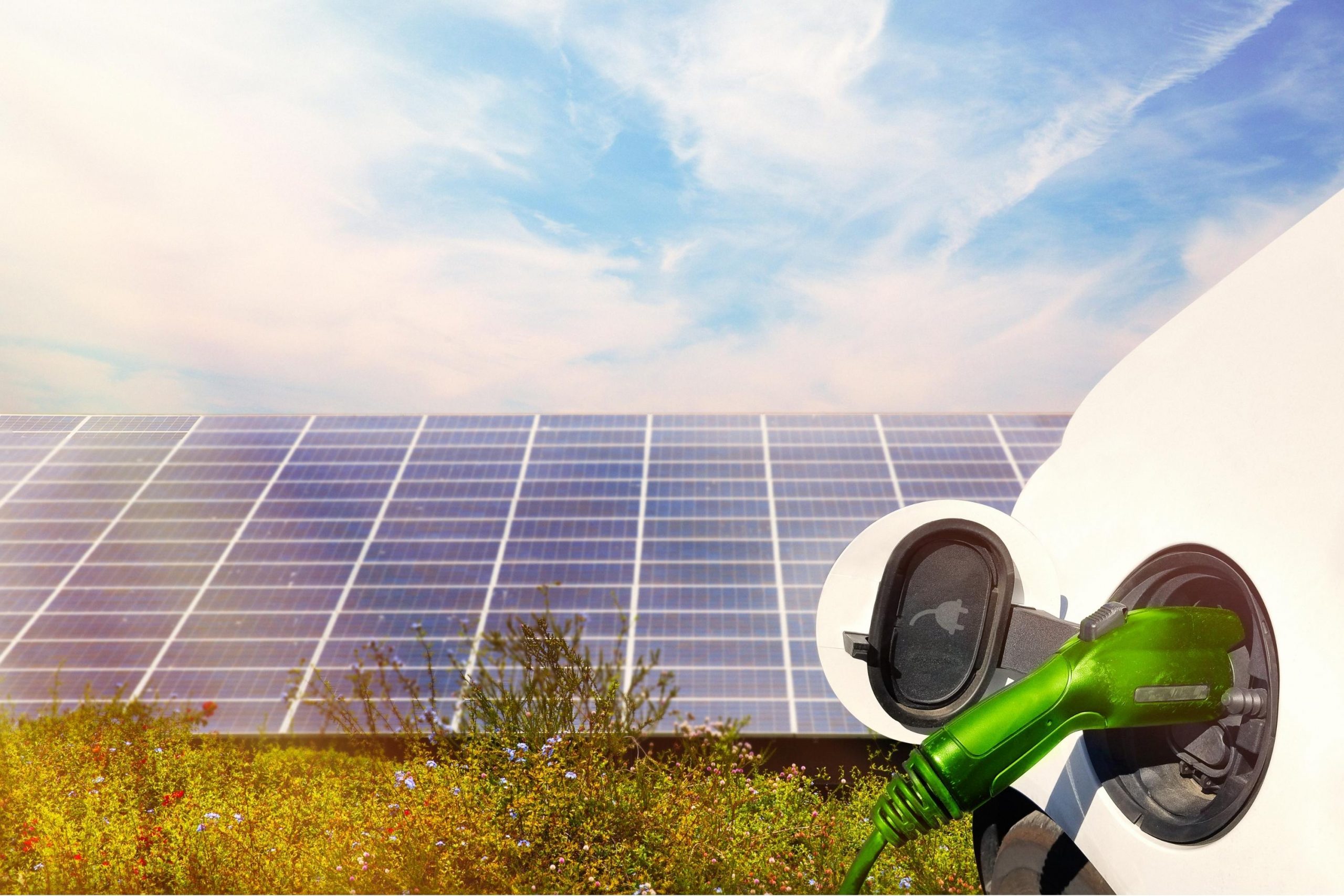Electric Vehicles (EVs) are becoming increasingly popular worldwide, and New Zealand is no exception. However, as the number of EVs on our roads continues to grow, so too does the number of old EV batteries requiring responsible disposal.
According to estimates from EECA, an EV battery is expected to last 10 to 20 years (and more than 350,000km!) before it’s range capacity diminishes. The disposal of these batteries is a complex process; EV batteries contain materials such as lithium, nickel, and cobalt, which require careful handling and cannot simply be discarded. So, what happens to EV batteries once they have done their dash?
In this article, we will explore what happens to old EV batteries in New Zealand and why it’s essential to dispose of them properly.
How is New Zealand disposing of EV batteries?
In New Zealand, the Ministry for the Environment and the New Zealand Automobile Association are working together to ensure that old EV batteries are handled in an environmentally responsible way.
For batteries without any more usable life, The Motor Industry Association of New Zealand (MIA) members have pledged to adhere to a code of practice that outlines the proper systems for the use, capture, return, refurbishment, reuse, recycling, or disposal of EV and hybrid batteries, to ensure that no batteries end up in landfills.
If you want to learn more about whether EV’s are good for the environment, check out our previous resource here.
The Battery Industry Group
Efforts are also being made to establish a program that will allow for the repurposing and recycling of EV batteries. The Battery Industry Group (BIG) is spearheading the work, consisting of over 170 members from diverse fields such as energy, waste, transport, and academia. Among its members are prominent organisations such as Vector, AA, WasteMINZ, and Drive Electric!
The Proposed solution
BIG’s proposed solution is a “circular” product stewardship programme to ensure accountability for all major batteries, starting from their arrival in New Zealand and continuing through their second or third life until they are recycled at the end of their useful lifespan.
The programme’s foundation is built on the concept of a circular economy, which seeks to avoid the linear “take-to-waste” model.
Rather than extracting resources from the environment, transforming them into goods, and then discarding them, this programme aims to maximise the lifespan of these resources. This approach emphasises EV batteries’ continued utilisation and the reduction of waste.
How would the scheme work?
Batteries are registered when they arrive in New Zealand; ownership is then tracked. When the battery can no longer power a car, it will be repurposed for a second use. Once the battery has been completely exhausted, it will be sent off for safe recycling, which ensures valuable materials and chemicals are extracted.
Learn more https://genless.govt.nz/stories/the-big-solution-for-ev-batteries/
How can batteries be repurposed?
Batteries that can no longer hold a charge can be repurposed for other uses. This is known as “second life” use and helps extend the battery’s useful life while reducing waste in landfills.
A battery in its second life can serve a variety of purposes, such as:
- Providing stability to the power grid.
- Storing energy from renewable sources, like solar panels or wind turbines, that cannot be stored naturally.
- Powering a residence in tandem with solar panels, similar to Tesla’s power wall.
New battery technologies
In addition to recycling and repurposing, there are also efforts underway in New Zealand to develop new, more sustainable battery technologies. For example, researchers at the University of Auckland are developing a new type of battery that is more environmentally friendly and efficient than existing technologies.
Learn more about it here.
In conclusion, EV batteries are an essential environmental issue in New Zealand and must be disposed of responsibly. Whether through recycling, repurposing, or developing new technologies, many steps can be taken to ensure that the batteries are environmentally sound. By working together, we can help to create a more suitable future for ourselves and the planet.








